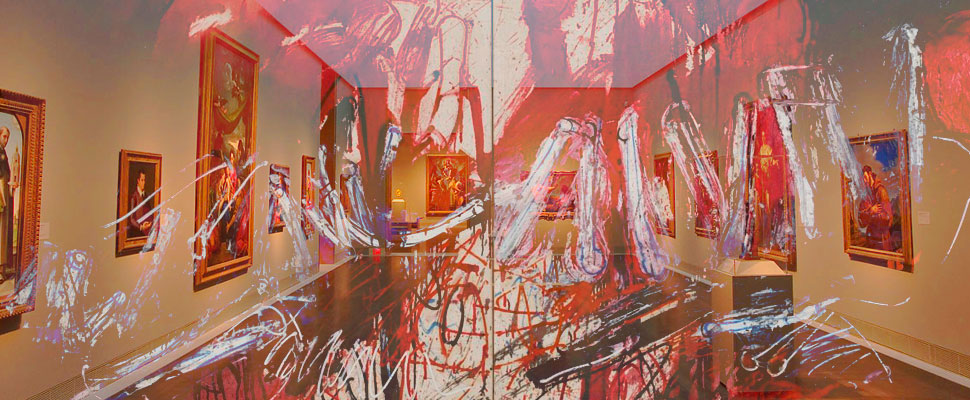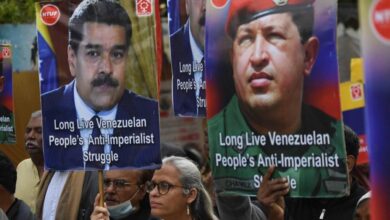Venezuelan art takes over Houston
Until January 2019, you can visit the art exhibition that brings together pieces of the Venezuelan informal artistic movement
Until January 2019, you can visit the art exhibition that brings together pieces of the Venezuelan informal artistic movement

The exhibition entitled "Disputing Modernity: Informalism in Venezuela, 1955-1975" can be enjoyed at The Museum of Fine Arts in Houston until January 21, 2019. This is considered one of the most complete samples that has been carried out in the United States so far.
Leer en español: El arte venezolano llega a Houston
There are 140 works of art from the Mercantil Arte y Cultura in Caracas, as well as public and private Venezuelan and American collections, which will be part of this exhibition.
In the exhibition, you can find techniques such as collage, painting, photography, and assemblage. The aim is to highlight the variety and richness of this artistic movement that is completely opposed to other trends, such as American abstract expressionism, tachism, and European informal art.
Its exponents always sought to distance themselves from existing art practices of order and rationality, in order to experiment and express themselves through the redefinition of painting and the media.
Opening soon! The @nytimes Fall Art Preview picked #ContestingModernity as one of the not-to-miss exhibitions this season. https://t.co/RrQJayUFCI pic.twitter.com/VoyEsXhGK9
— Museum of Fine Arts, Houston (@MFAH) 18 de octubre de 2018
The movement emerged in Venezuela at the end of the 50s, where there was great tension due to the transition of the dictatorship in the hands of Marco Pérez Jiménez to the democracy. The nation was looking for a modernization that was promoted by the oil boom.
However, inequality, corruption, and violence were three other factors that marked the era. These factors gave the name to the exhibition, the informalism artists had the objective to be able to capture in their works the problems of the leap that the country had to modernization and all the implicit that it was.
You can also read: Bolivia: Art also celebrates the dead
Although there are several years of artistic production that can be seen in the exhibition, its purpose is not to make a chronological journey. Nor is telling the history of the movement, which was characterized by not being subject to a previous structure or plan and the absence of a defined form in its composition.
The exhibition is the result of an investigation that aims to show unpublished chapters of Latin American art, and thus to present artists who are unknown outside Venezuela and who have redefined the art of this country.
Thanks to all the teachers who visited #ContestingModernity for the 1st of a 2-part “Learning Through Art” educators workshop, which ends w/ an art contest & exhibition of student work at @MercantilCB. We can't wait to see what the creative kids come up with! pic.twitter.com/vBVMx46dpM
— Museum of Fine Arts, Houston (@MFAH) 1 de noviembre de 2018
As director Gary Tinterow assured the museum, 60 years after the emergence of this movement it was possible to move these important works even if they were unnoticed historically speaking. Venezuela is not only a country rich in resources, but it also has an amazing artistic heritage.
Thus, once again art becomes the language to dialogue, to capture and to show the world what happens in a society that undergoes political and social changes constantly. Paradoxical is that more than 60 years ago this movement emerged with the end of the dictatorship and the beginning of democracy.
LatinAmerican Post | Ana María Aray
Translated from "El arte venezolano llega a Houston"
Listen this article





